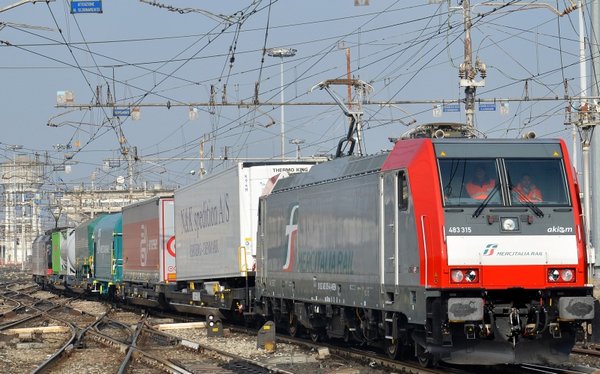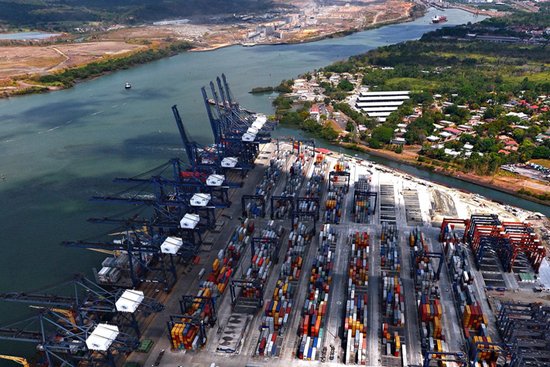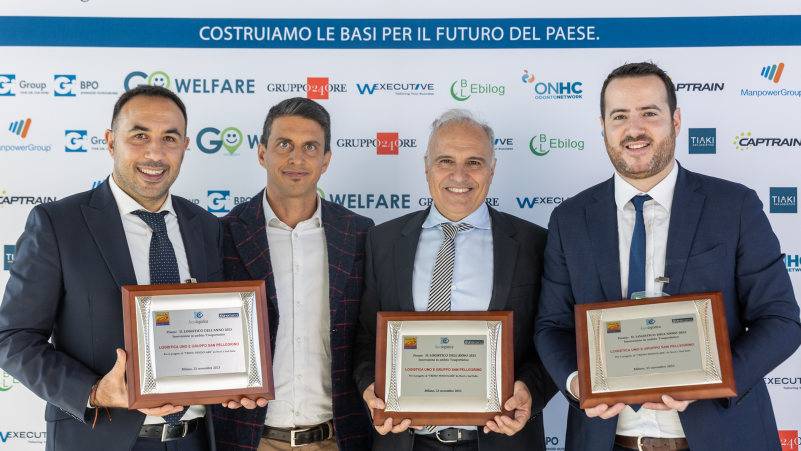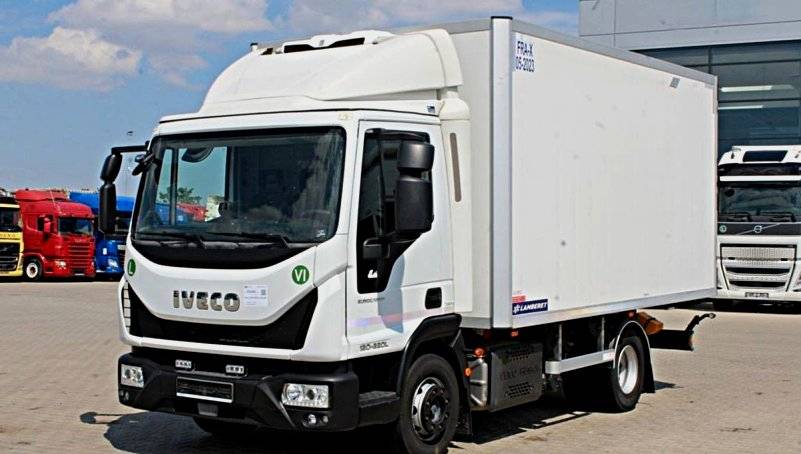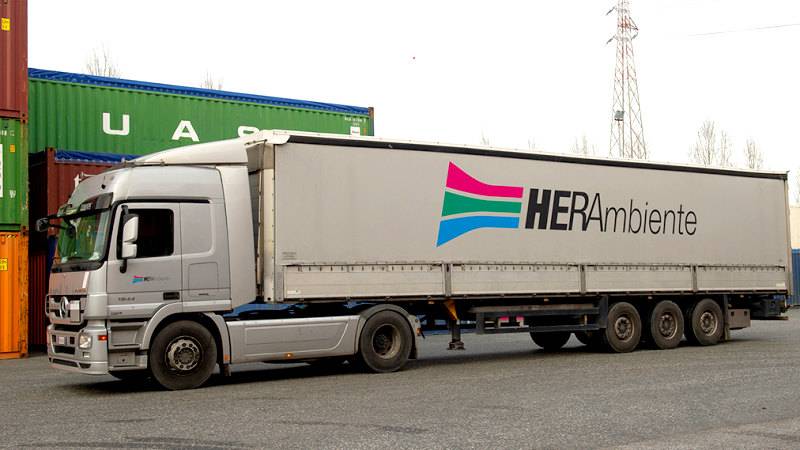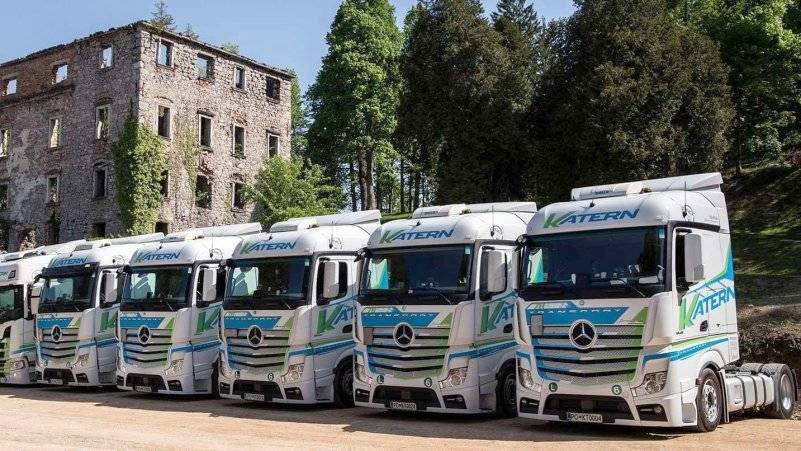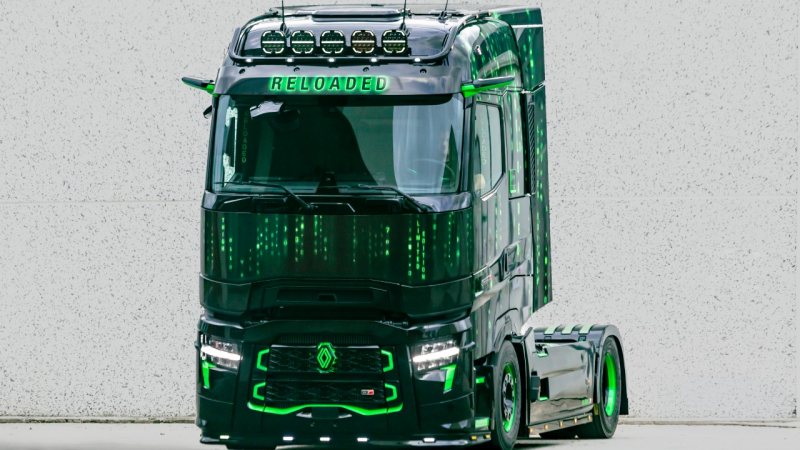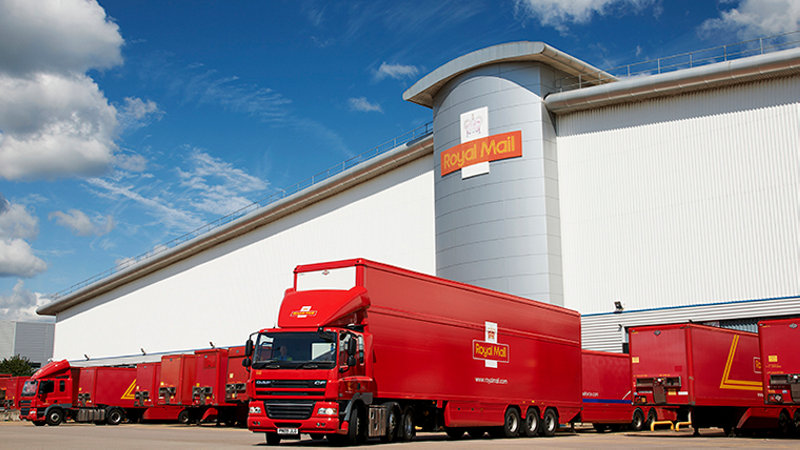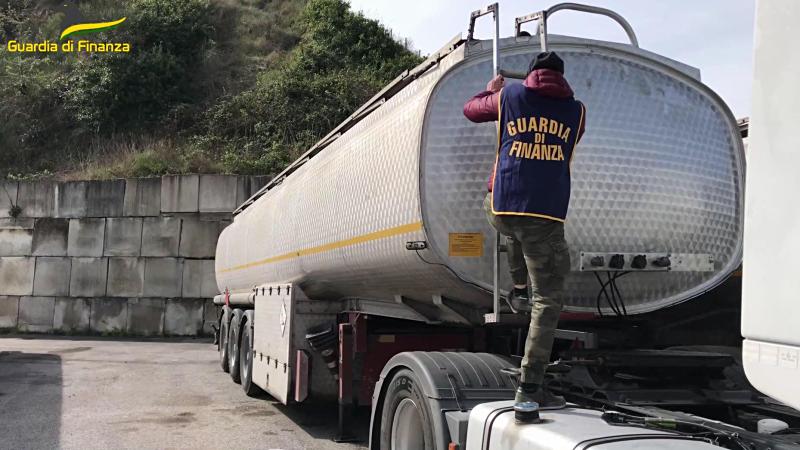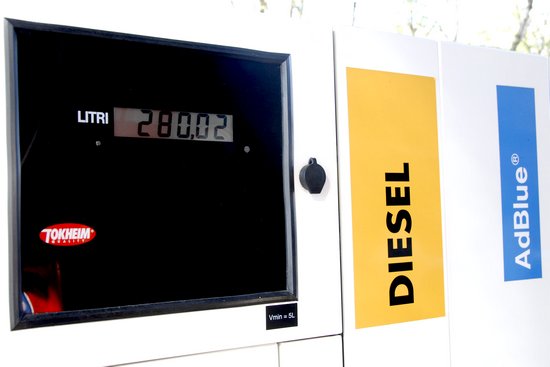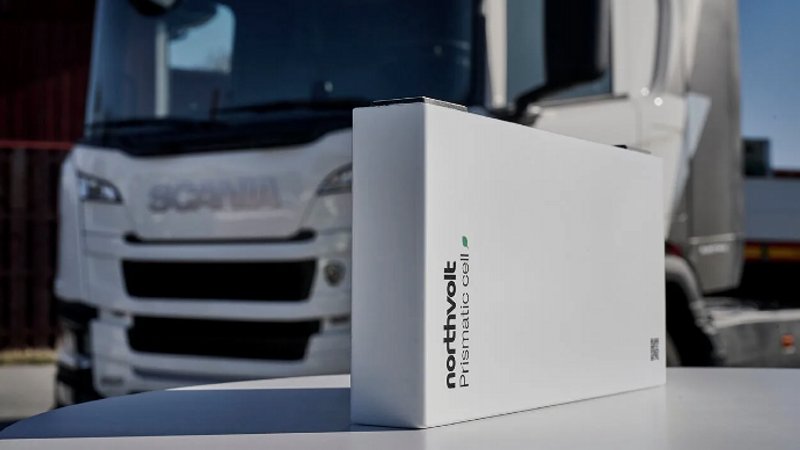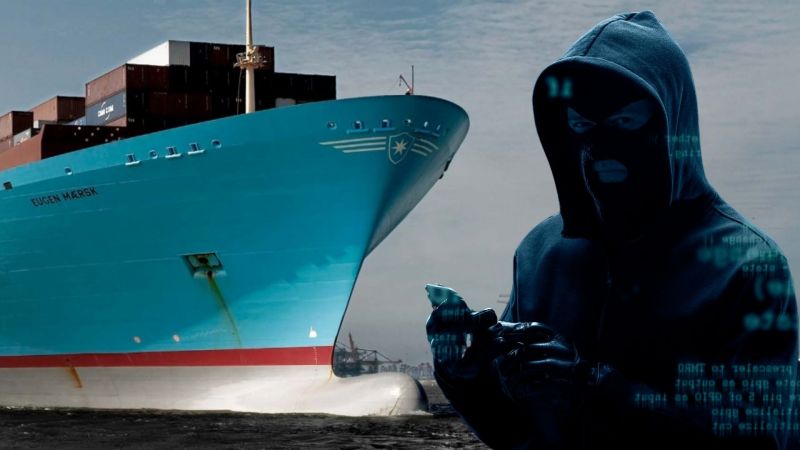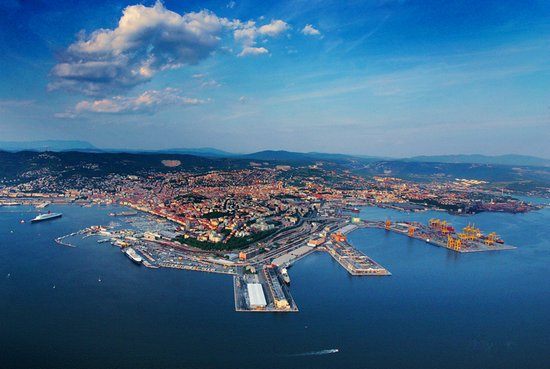While President Trump keeps his eyes on Greenland, a Danish protectorate, the Danish group A.P. Moller-Maersk has quietly snapped up the railway running alongside the Panama Canal. The acquisition, made through its terminal operating subsidiary APM Terminals, involves the Panama Canal Railway Company. The deal was formalised on 2 April 2025, with full ownership transferred from Canadian Pacific Kansas City Limited (CPKC) and the Lanco/Mi-Jack group. The companies did not disclose the value of the transaction.
For APM Terminals, the acquisition forms part of a broader plan to strengthen intermodal links in Latin America and consolidate its position as a global logistics hub. The deal will enable the company to expand its range of services to major maritime transport operators and more closely integrate its land operations with its port activities, thereby increasing efficiency and flexibility. Keith Svendsen, chief executive officer of APM Terminals, noted that the railway infrastructure can only be fully leveraged through tighter integration into global logistics networks.
On the sellers’ side, the decision to divest their stake was driven by a rationalisation strategy. Canadian Pacific Kansas City Limited stated its intention to focus on its core railway operations in North America, optimising resources and creating greater value for shareholders. The Lanco/Mi-Jack group also expressed full confidence in APM Terminals’ ability to boost container traffic on the line.
Inaugurated in 1855, the 76-kilometre railway line runs parallel to the canal and has undergone significant upgrades over the years to meet the demands of international trade and technological progress. In 1998, the Panamanian government granted the concession to PCRC – established as a joint venture between Kansas City Southern and crane manufacturer Mi-Jack Products – to refurbish and operate the line. The main objective was to transform the railway into an efficient intermodal container corridor, offering a faster alternative to navigating the Panama Canal.
Reconstruction began in January 2000 and was completed in July 2001, with an investment of 76 million dollars. The project involved replacing the rails with continuously welded track, adopting concrete sleepers to resist insect damage, and modifying the Miraflores tunnel to accommodate double-stacked containers. Intermodal terminals were also built on both ends of the line: on the Atlantic side near the Manzanillo International Terminal in Colón, and on the Pacific side near the port of Balboa.
Thanks to these upgrades, the railway increased its capacity, allowing the transit of double-stack articulated freight trains. This infrastructure has made it possible to transfer containers between oceans much faster than through the canal, particularly during times of congestion or operational restrictions, such as those caused by the drought that hit the region between 2023 and 2024.
According to the Panama Canal Railway Company’s president and CEO in 2015, the original capacity was doubled from 400,000 to 800,000 containers per year, with plans for further expansion in anticipation of a new port to be built at the Pacific entrance of the canal—a project that was never realised. Economically, the Panama Canal Railway generated revenue of 77 million dollars (approximately 69 million euros) in 2024, with an EBITDA of 36 million dollars (around 32 million euros).



